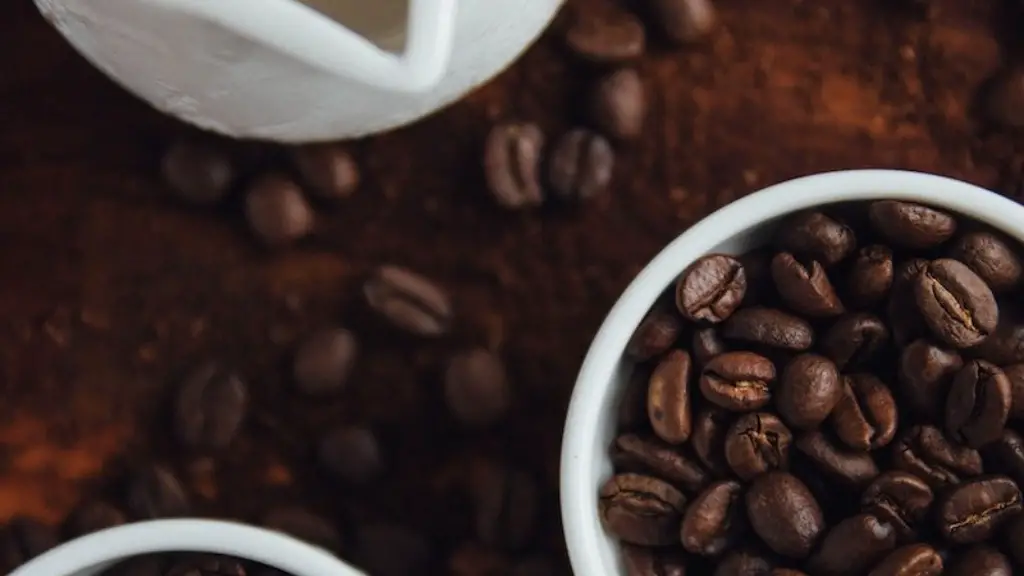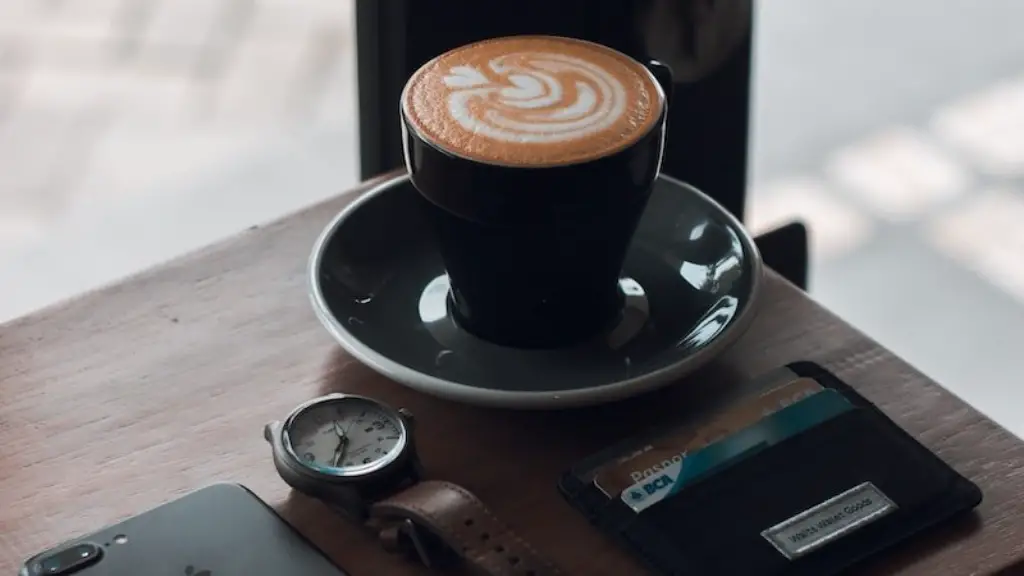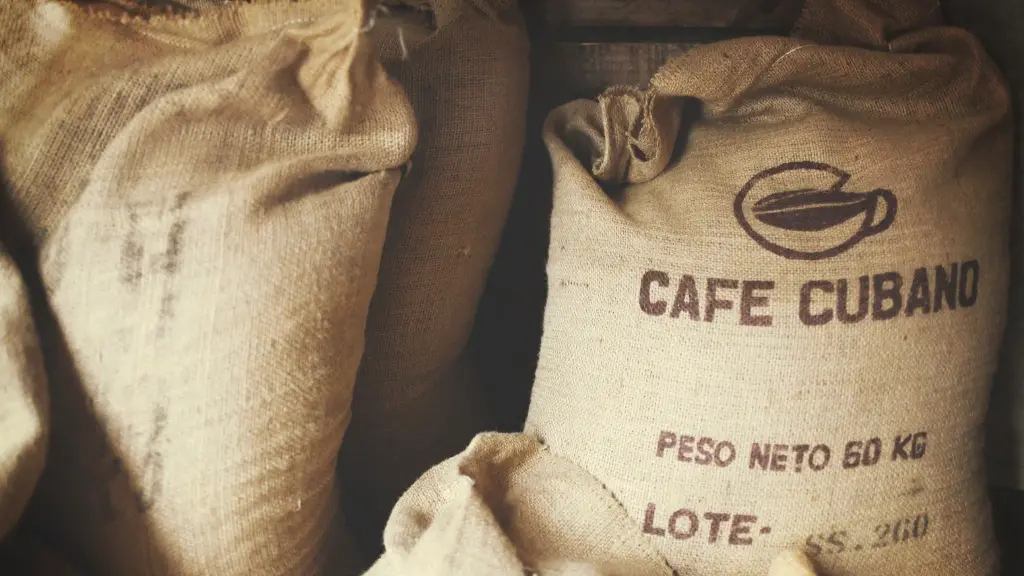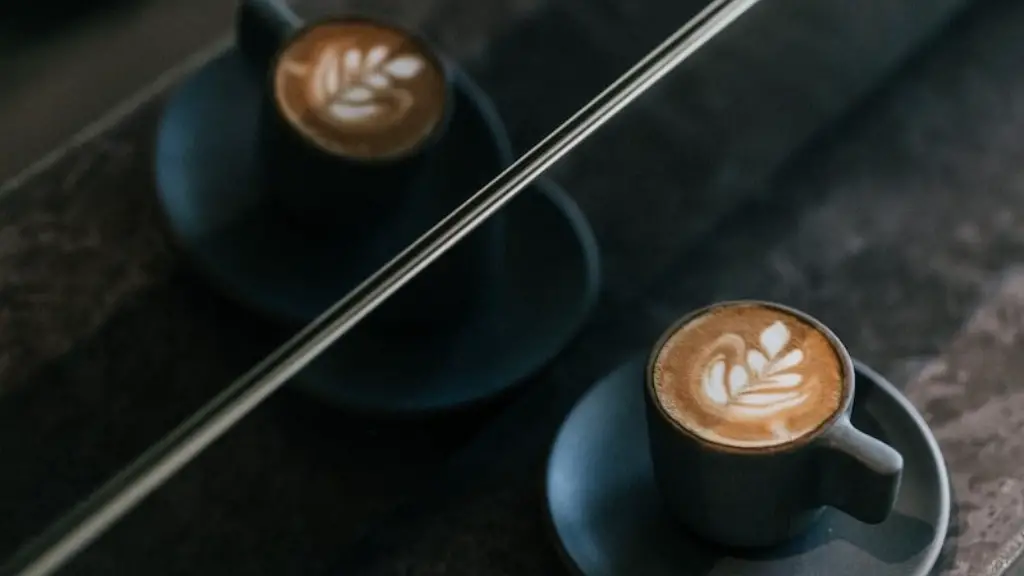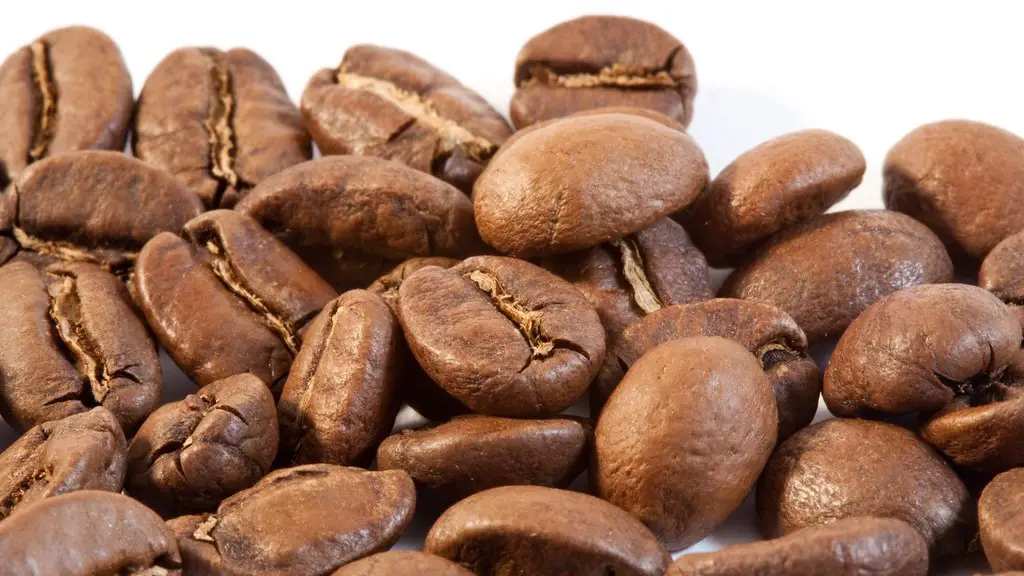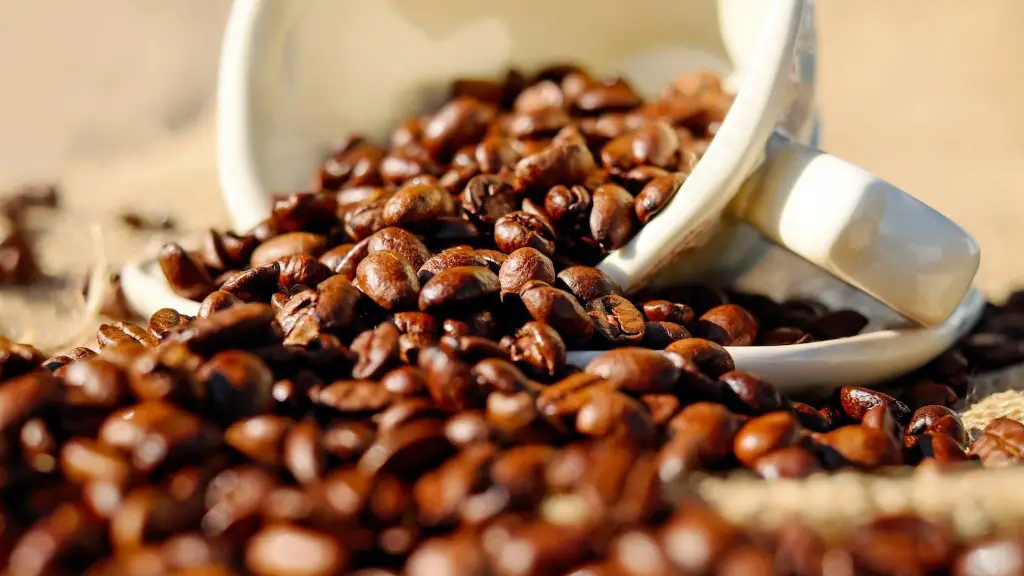When last did you have a cup of decaffeinated coffee? Taking away the jitters may seem like the ideal option, but did you ever wonder whether decaffeinated coffee is healthy? Starbucks coffee is well known for its popular decaf variations, which are surprisingly complex and brewed carefully. Offering just enough espresso kick to guess its identity, Starbucks coffee decaffeinated beverages are some of the most tested in the industry.
Whenever people talk about decaf coffee, the most common question that arises is – how is it made? Essentially, decaffeination refers to a process designed to reduce the amount of caffeine in the beans. Most people assume that ultra powerful machines strip away all caffeine, but in reality, the process is much more intricate and long.
The most popular way that Starbucks decaffeinate their beans is using the Swiss water method. During this particular extraction process, the green coffee beans are soaked in hot water before the caffeine is then stripped away by a select mixture of activated carbon and osmosis. This chemical-free technique leaves the coffee bean containing about 0.4% caffeine but with the most of its flavor intact.
Although this process ensures that the flavor and aroma of the beans stay, Starbucks also take extra precaution by testing every batch of decaf beans with a unique blend of processes. These assures the customer that their product is of the highest-quality and has been properly decaffeinated.
In order to guarantee that the methods and decaffeination procedures meet the highest output standards, Starbucks regularly use state of the art laboratories and testing methods which prove that the beans have been decaffeinated effectively. Laboratories across the globe are used to test the coffee beans rigorously and produce a decaffeination worker profile.
One of the features that sets Starbucks decaf apart from other Processed Coffee Brands is its commitment to sustainability. Starbucks have partnered with multiple organizations and have committed to using only beans that meet the highest standards of quality and sustainability. Since coffee beans are a vital part of coffee production, it’s important to Starbucks that coffee farmers sell top-notch coffee beans and receive fair pay. The company incentivises sustainable growing practices which help preserve coffee farming while preserving the bean’s best qualities.
The Benefits of Decaffeinated Coffee
Decaffeinating coffee is a healthy and affordable alternative for those looking for a robust and hassle-free coffee solution. The most immediately noticeable advantage of decaffeinated coffee is that it contains far fewer stimulants than regular coffee. Regular coffee can contain up to 150mg of caffeine in an 8 oz cup, compared to the decaf alternative which contains less than 5mg.
This is why decaffeinated coffee from Starbucks has become so popular in recent years, as it can still provide the desired energy kick whilst maintaining a low caffeine content. Cold Coffee lovers can enjoy ice-cold beverages such as Café Frappuccino and Limited Edition Cold Coffee with the knowledge that their beverage hasn’t gone overboard on the stimulants.
Aside from the obvious benefit of giving people an energy boost without the side effects of caffeine, decaffeinated coffee also lacks the trans-fat associated with coffee or other caffeinated beverages. Cut down on the flab-causing trans-fats as Starbucks decaf coffee has low cholesterol levels. Furthermore, decaffeinated coffee is advantageous to those who suffer from diarrhea and other gastrointestinal disturbances as it is more easily digested in comparison to regular coffee.
Starbucks Roast Levels
Coffee beans can be roasted in various degrees and for several different times, but there are three roast levels that Starbucks uses for their decaffeinated coffees. These include a Blonde Roast, which is minimally intense, a Medium Roast, which is full and complex, and lastly a dark roast, which is velvety and bold. Each individual type of roast will produce a unique flavor and aftertaste which helps emphasize the characteristics of the decaffeinated coffee and give it a distinct identity.
The Starbucks Blonde Roast is a light-bodied blend. It has a delicate sweetness with an herbal aroma and a smooth nutty finish. There is also a hint of citrus and a bit of cocoa. The Medium Roast produce a well-balanced cup with hints of toasted nut and subtle cocoa. For those who prefer exotic and fuller flavoured coffees, they will find the Dark Roast to be incredibly enjoyable. It offers smoky, classic flavours with a syrupy mouthfeel and slight sweetness.
Being able to recognize the various levels of roasts will help you choose the type of coffee beans you would like to purchase for your decaffeinated coffee. Whether you’re a fan of the bold dark roast or the subtle blonde roast, you will be able to find your perfect decaf beverage at Starbucks.
Caffeine Content in Decaffeinated Coffee
A common misconception by the general public is that all decaffeinated coffees are incredibly low in caffeine. In reality, decaffeinated coffees will still contain trace amounts of caffeine. The amount of caffeine in decaffeinated Starbucks coffee is typically about 3mg, which is a lot less than regular coffee, which may contain up to 150mg of caffeine per cup.
When consumed in moderation, even this low amount of caffeine still provides energy and can be beneficial for those looking for an extra boost of energy pep. Coffee connoisseurs who are familiar with the process of decaffeinating may find that the caffeine content is still too high for them. Fortunately, Starbucks also produces coffees which are 99.9% caffeine-free.
Opinions of Decaffeinated Coffee
The international coffee market is flooded with decaffeinated blends, but many of them lack the quality and trustworthiness that comes with Starbucks. There is an overwhelming consensus that Starbucks coffee is decaffeinated using ethical, safe, and well-regulated processes. Drinkers of decaf coffee trust that their coffee has gone through the right channels and will contain the expected integrity and flavor.
Further, the coffee connoisseurs in the industry have backed this opinion. Professional coffee tasters have approved of the Starbucks blends in terms of complexity and taste. It has been noted that the decaffeinating process does not instantly strip away taste, so the fact that Starbucks’ beans remain recognizable is an evidence that their decaffeinating techniques are first-rate.
Decaffeinated Coffee as a Suitable Alternative
The health benefits of decaffeinated coffee should not be overlooked. Recent studies have found that in comparison to its caffeinated counterpart, decaffeinated coffee may reduce the risk of heart disease, type 2 diabetes, liver disease, gallstones, and several other conditions. This makes decaffeinated coffee a suitable beverage choice for those that wish to experience the fullness of flavour offered by coffee while eliminating the dangers associated with its high caffeine content.
Additionally, pregnant women have been advised by doctors to limit their caffeine intake, so switching to decaffeinated coffee is the natural choice. For athletes and workout enthusiasts, the charge gained from mild caffeine is enough to give them the extra focus during their workouts.
Decaffeinated coffee has become so popular that nowadays baristas often provide decaf options along their regular coffee selections. This has resulted in decaffeinated coffees becoming just as appreciable as any other variant of coffee.
What is the Cost of Decaffeinated Coffee?
The cost of decaffeinated Starbucks coffee is typically more expensive, due to the fact that extra labour and care are put into the decaffeinating process. The green coffee beans go through a series of tests and inspections, which adds to the initial cost paid. Additionally, the caffeine is removed so the beans retain less weight, and the production line is considerably slower.
Despite the higher price tag, decaffeinated coffee is cheaper than numerous other caffeine sources, such as energy drinks, soda, and tea. Furthermore, decaffeinated coffee has multiple health benefits and provides a carefully tested product that guarantees being 99.9% caffeine-free.
The higher price of Starbucks decaffeinated coffee is worth it because the beans are sourced ethically and responsibly, and the decaffeinating process yields great quality beans. So, if you’re looking for a delicious coffee option that is low in caffeine, the decaffeinated selections at Starbucks are your best bet.
